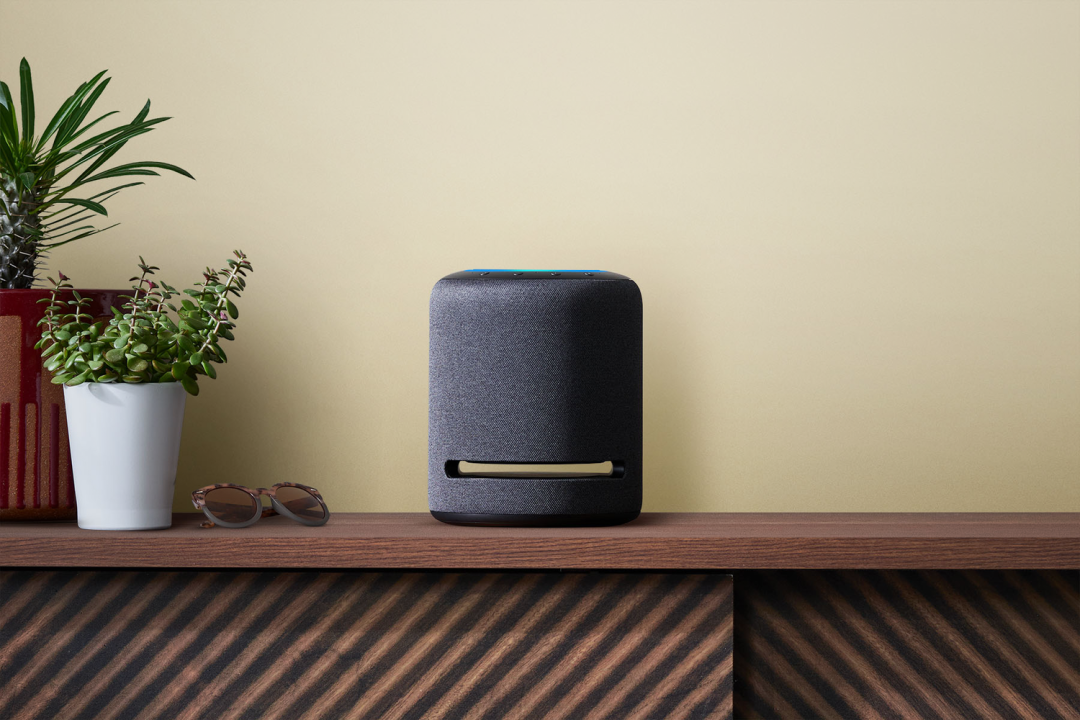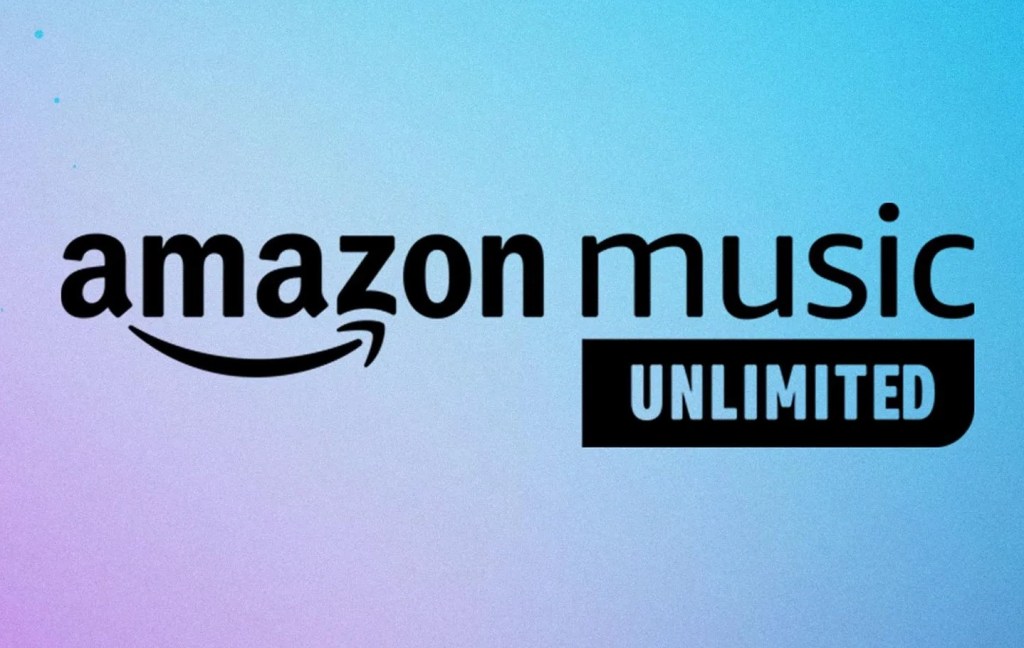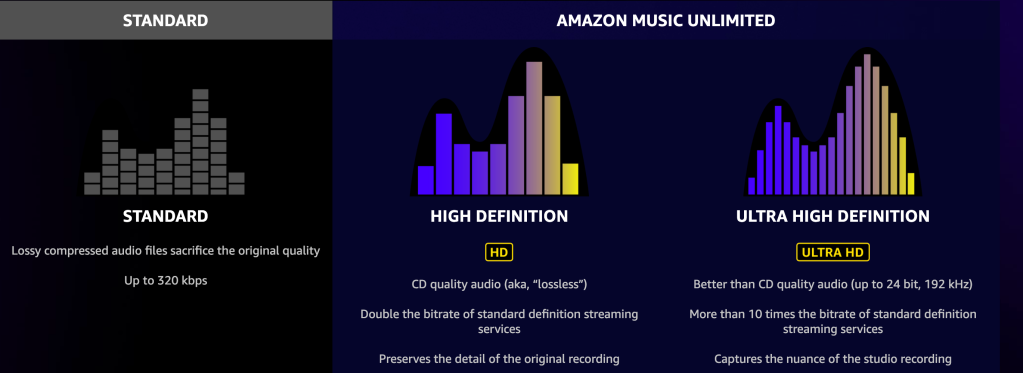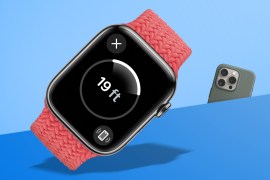What is HD and Ultra HD audio and how can you get it?
If you’re an Amazon Music user, or you’re thinking about being one, you might have heard of HD Audio and Ultra HD Audio. But what do they mean?

If you’re an Amazon Music user on a wireless speaker or smart speaker, or you’re thinking about being one, you might have heard of HD Audio and Ultra HD Audio. But what does it mean? Here are the basics…
HD Audio and HD Audio are different quality tiers offered by Amazon Music. So far, so simple. What you need to know is that HD Audio is Amazon’s version of Hi-Res Audio, and Ultra HD Audio is even better.
- Also check out our guide to the best home theatre kit
What is HD Audio?
Like we said, Amazon’s HD Audio is the brand’s high-res lossless audio format. Technically speaking, it offers audio at a 44.1KHz sampling rate and 16-bit depth. In human terms, that means it’s better than CD quality, so it preserves the original recording without any loss of quality. Plus, it’s more than double the quality of standard music streaming services like Spotify.

What is Ultra HD Audio?
Ultra HD Audio is the next step up, with the idea being to deliver tunes that sound as close to the original studio recording as possible. For stat fans, that means up to 24 bits and a sample rate of up to 192 kHz.
How can I get HD and Ultra HD Audio?
In 2021, Amazon made its high-quality streaming tier – Amazon Music HD – available to all Amazon Music Unlimited subscribers at no extra cost. It was previously available for an extra fee on top of the basic subscription charge.
What’s the difference between Amazon Music HD, Amazon Music Unlimited and Amazon Prime Music?
Good question. Amazon Music HD is the premium Hi-Res tier of Amazon Music Unlimited, a subscription-based streaming platform. Amazon Music Unlimited costs $9.99/£8.99 a month, but keep your eyes peeled for special deals where you can get a free trial for several months on the trot.
Amazon Music Unlimited is separate to Amazon Music Prime, which only gives you non-HD listening of around 2 million tracks. Amazon Music Prime is a streaming service that’s only available for those with an Amazon Prime membership. Prime membership is $14.99/£7.99 a month.
HD Audio and Ultra HD Audio are only available to Amazon Music Unlimited subscribers as part of its Amazon Music HD tier.

What devices play HD and Ultra HD Audio?
HD Audio and Ultra HD Audio are supported on selected Amazon gear including Fire TV and Echo devices. Most iPhones and iPads that run iOS 11 later or later should be able to support HD Audio tracks though to play Ultra HD songs with a higher sample rate, you might need to invest in a portable DAC.
If you’re playing your tracks on non-Amazon gear then you’ll want to dig into the specs, because while lots of devices will support Audio HD, they won’t necessarily support Ultra HD playback.
Amazon has a long list of preferred audio partners that includes Sony, Denon, Marantz, Klipsch and Onkyo.
What HD and Ultra HD Content can I get?
Amazon Music Unlimited subscribers can access over 90 million songs in HD, plus “millions” of songs in Ultra HD. The latter also offers exclusive remastered albums. HD and Ultra HD tracks are clearly marked on Amazon Music, and they’ve kindly put together playlists to show off what HD and Ultra HD are capable of.
By comparison, arch rival Tidal also offers around 90 million tracks while Qobuz offers more than 80 million. What’s more, Apple Music launched Lossless Audio in 2021 with more than 75 million tracks.
There’s still no word on when the long-talked-about Spotify HiFi lossless option for premium subscribers will be arriving, but that’s also one to keep an eye on. However, Spotify HiFi isn’t expected to offer an Ultra HD Audio equivalent.
Is HD and Ultra HD worth it?
If you can spare the cash and you care about audio quality, then Hi-Res Audio is always worth it. it’s now easier and cheaper to get your hands on Hi-res audio than ever before, but do make sure you’re listening to it something that’s up to the job. There’s no point tooling up with HD Audio streaming services only to listen to them on a pair of cheap, tinny headphones.



